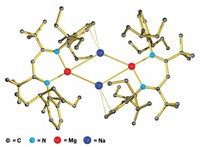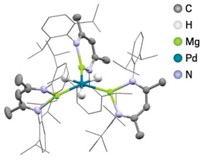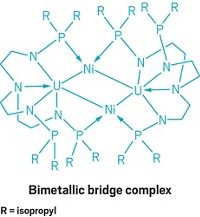Advertisement
Grab your lab coat. Let's get started
Welcome!
Welcome!
Create an account below to get 6 C&EN articles per month, receive newsletters and more - all free.
It seems this is your first time logging in online. Please enter the following information to continue.
As an ACS member you automatically get access to this site. All we need is few more details to create your reading experience.
Not you? Sign in with a different account.
Not you? Sign in with a different account.
ERROR 1
ERROR 1
ERROR 2
ERROR 2
ERROR 2
ERROR 2
ERROR 2
Password and Confirm password must match.
If you have an ACS member number, please enter it here so we can link this account to your membership. (optional)
ERROR 2
ACS values your privacy. By submitting your information, you are gaining access to C&EN and subscribing to our weekly newsletter. We use the information you provide to make your reading experience better, and we will never sell your data to third party members.
Materials
Sodium-Mercury Amalgam Defined
Byproduct formed in century-old chlor-alkali process is identified
by Jyllian Kemsley
January 23, 2012
| A version of this story appeared in
Volume 90, Issue 4
The sodium-mercury amalgam formed at the mercury cathode in the chlor-alkali process is Na11Hg52, with the sodium and mercury atoms bound in a variety of polyhedra (Angew. Chem. Int. Ed., DOI: 10.1002/anie.201108064). The century-old chlor-alkali process uses electrolysis cells to produce NaOH and Cl2 from brine. As the process runs, some sodium metal dissolves in the mercury, forming a solution of the solid amalgam in the liquid metal. The amalgam had defied characterization, but now Constantin Hoch of the University of Stuttgart and Arndt Simon of the Max Planck Institute for Solid State Research, both in Germany, have isolated single crystals of the amalgam and identified them as Na11Hg52. The crystal structure shows the Na atoms coordinated by Hg atoms in four classes of polyhedra, with Na–Hg distances ranging from 3.14 to 3.76 Å. The large difference in electronegativity between Na and Hg means that the bonds are more polar than those in classic metallic compounds, making the amalgam an interesting system for further study, Hoch and Simon report.





Join the conversation
Contact the reporter
Submit a Letter to the Editor for publication
Engage with us on Twitter